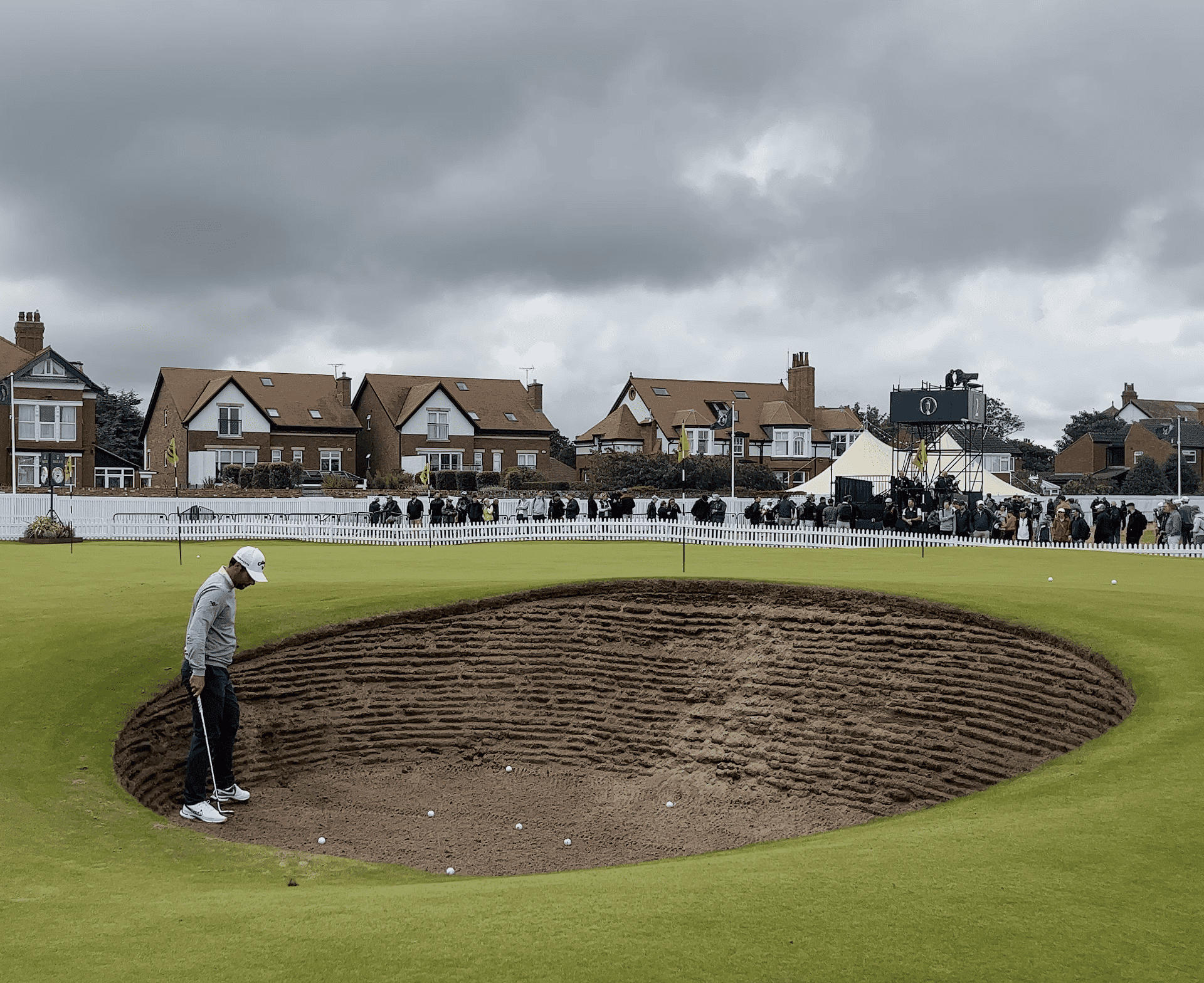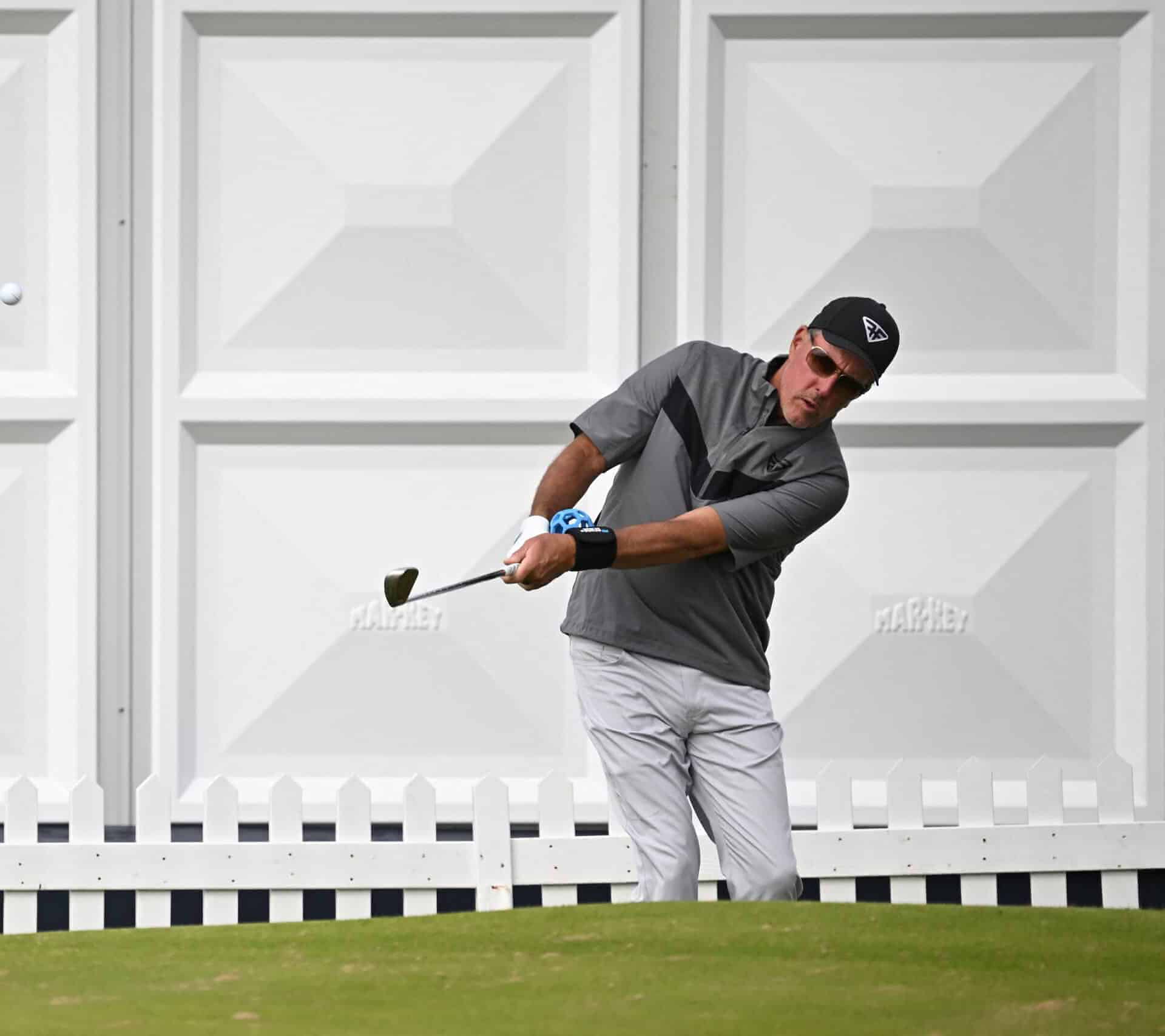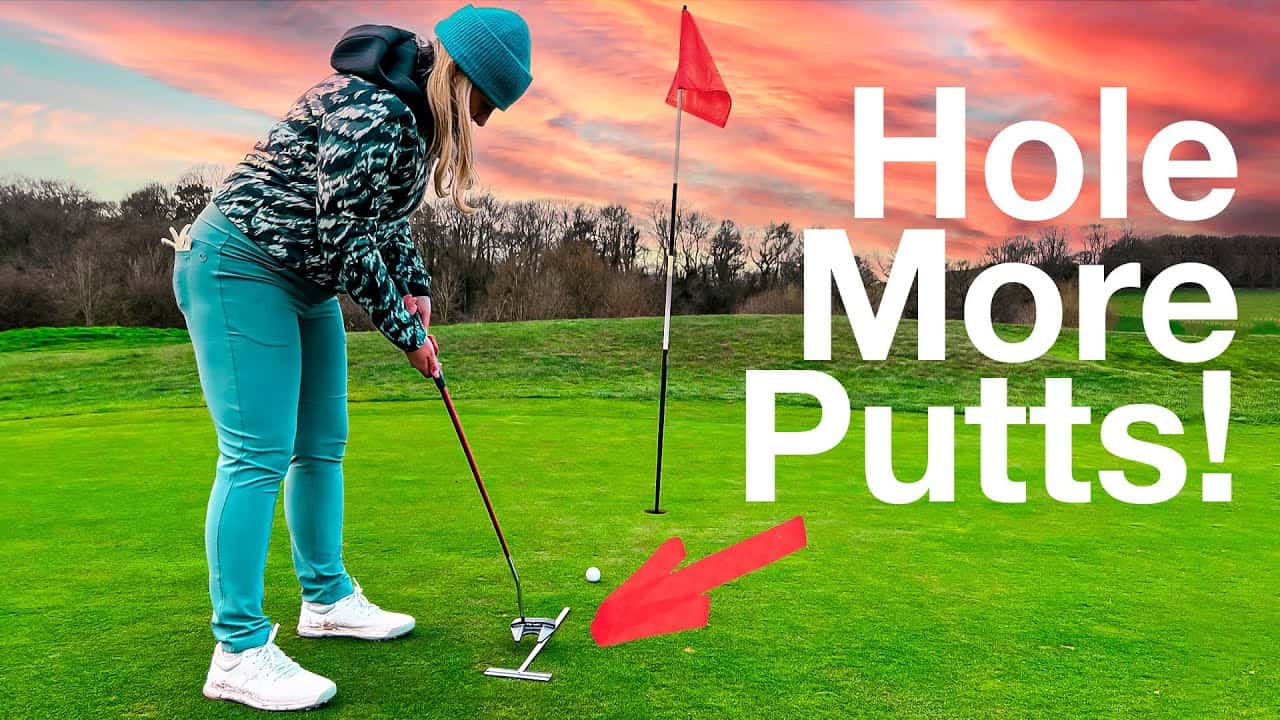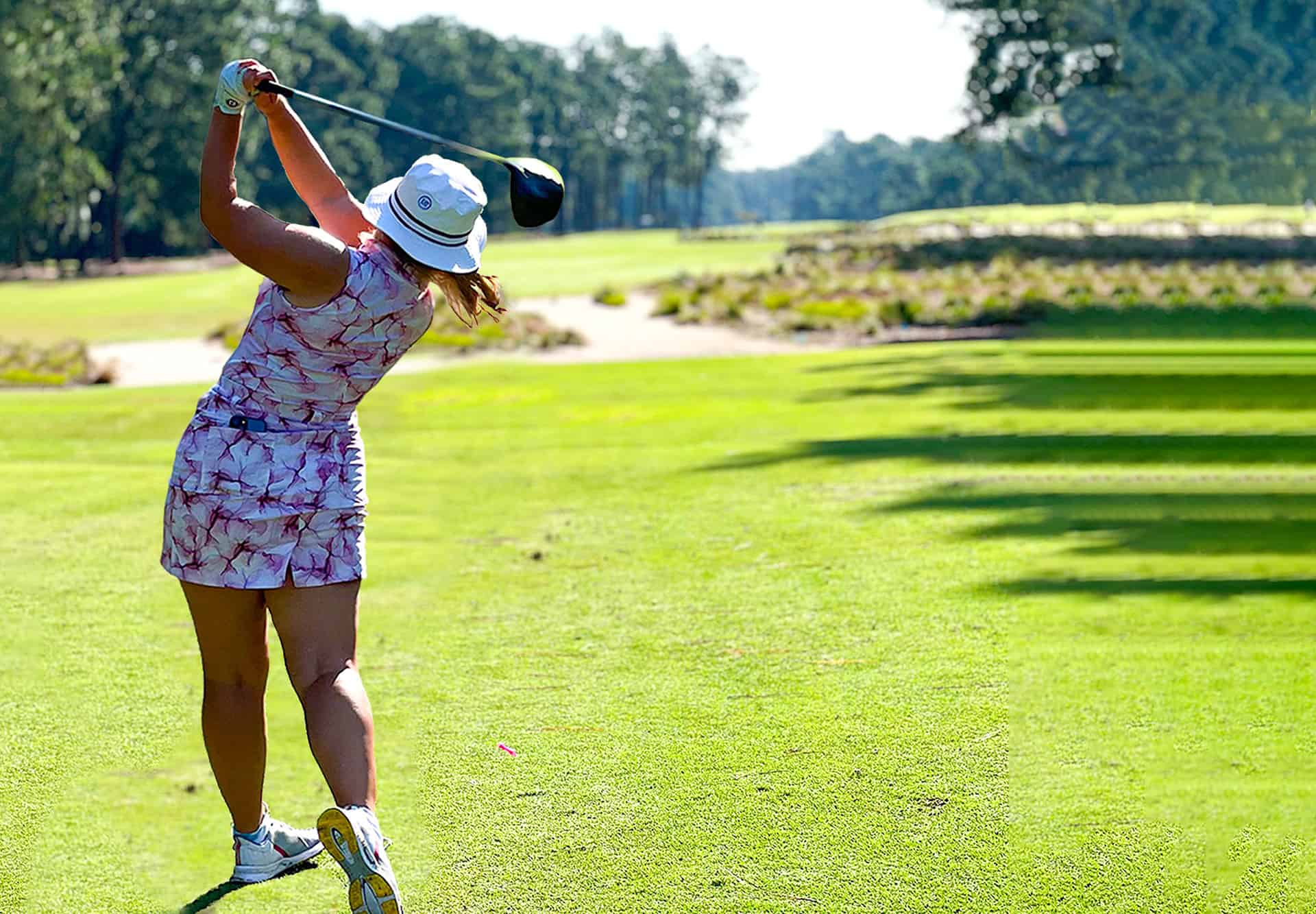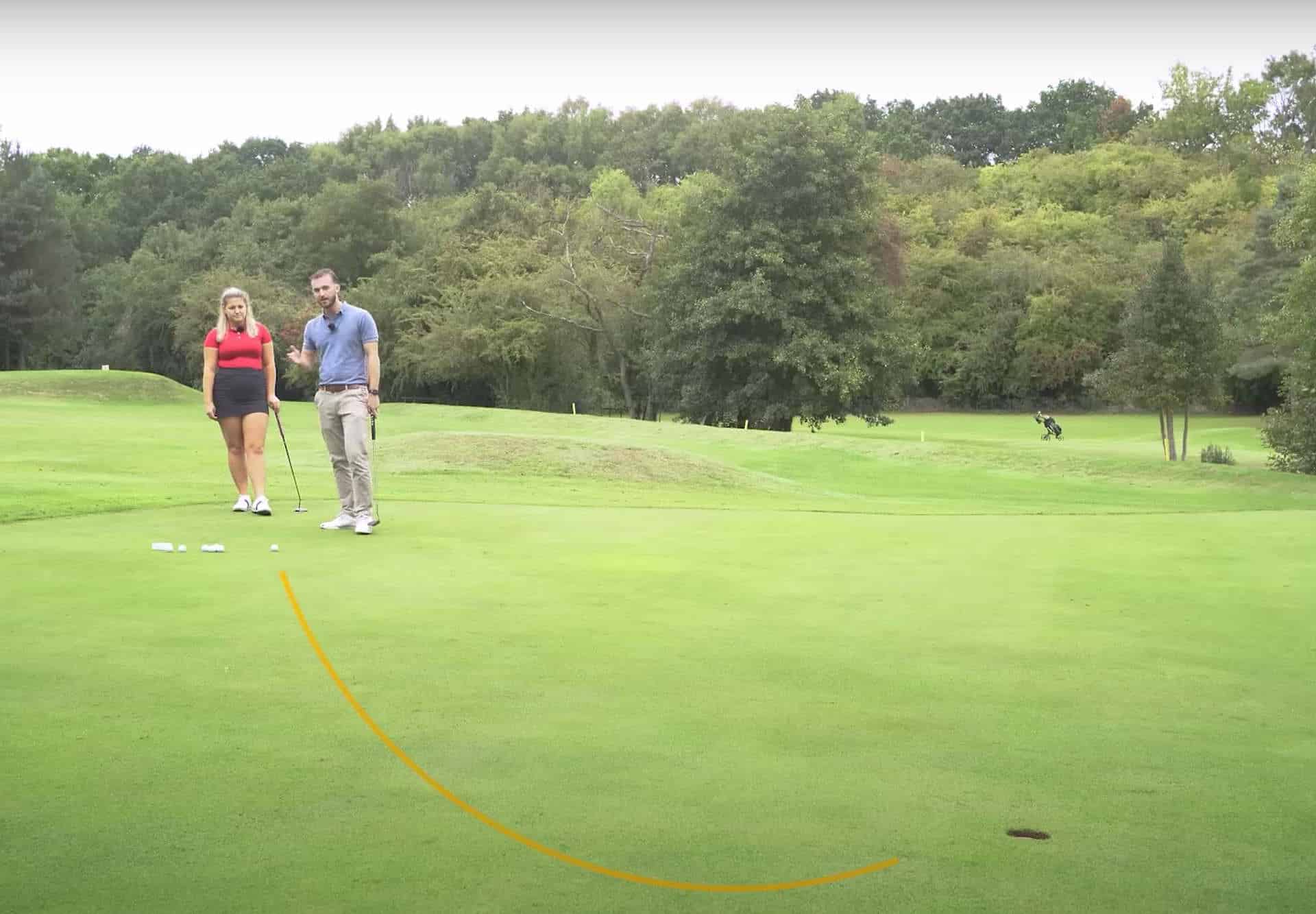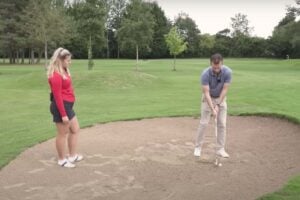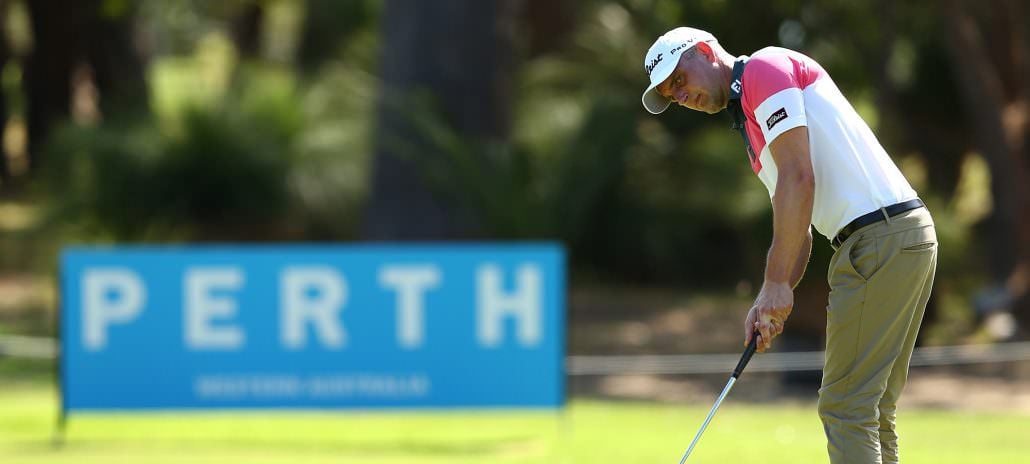
Practice ‘playing to the picture’ to hole more putts
No matter the level, everyone feels pressure and nerves on the golf course – it’s because we care about the result. It’s the same on tour but players have a few more tools to deal with it and they’re practising a lot. I’m not going to lead you on a psychology lesson – I am far from qualified to do that – but I wanted to share some simple techniques for how to practice your putting that I’ve found to be very helpful and powerful, and I hope they can help you too.
Unless you’re like Jordan Spieth and look at the hole while making your stroke, golf is really a game played to your memory. This is one of the main reasons I believe visualisation can be very helpful and I think it can be implemented quickest in your putting.
So what is ‘putting to the picture’? While you are waiting your turn or reading your line, start building a strong image of the putt in your mind. It should be strong enough that you can close your eyes for a moment, wherever you are, and see your putt. Each view and look until you make your stroke is another layer clarifying this image. You are going to play your shot to this picture.
I believe you’re more likely to produce a consistent result by playing your stoke to a clear planned image rather than second guessing yourself mid-stroke and trying to adjust for pace. Putt to the picture and you’ve done your best in that moment.
Next time you’re heading to the practice putting green, take two or three balls with you and putt them to a hole without looking up, hitting them to your memory of what the putt looks like. Guess if they’ve gone long or short before you check – you will gradually get better with practice.
- Related: How a 5-wood transformed McIlroy’s putting
- Related: Tour pros are switching to the claw grip – should you?
When you take this to the course you should at least see contact between putter and ball during your stroke or your attention isn’t in the right place. From short range this might mean you don’t see if the ball has gone in or not.
If you’re struggling to get the pace right: Try putting a number on what speed you think the greens are rolling on the stimpmeter (6-7=slow, 11-12=very fast). It doesn’t have to be accurate because it’s your reference and you can adjust it accordingly to your results. For example, I might say the greens are a 9 in my mind when I’m on the putting green but when I get onto the course, I’m coming up short so I’d adjust it to an 8.
If you’re struggling to read the greens: Try imagining where a putt hit straight and dead weight would end up – you could call this a ‘check read’ – then alter your read accordingly. I like to see the whole line of a putt, like a white line on the green, because this incorporates pace too.
If you’re struggling to start the ball online: Strengthen the image of the white line and really focus your attention on getting the ball rolling along it straight off the putter. When you practice, I recommend using a chalk line and simplifying your technique.
- Related: What are the benefits of leaving the flag in to putt?
- Related: Is this the secret behind McDowell’s comeback?
Other than that, it’s really the rub of the green. At an advanced level it’s possible to work on the quality of the roll you’re putting on the ball to reduce the significance of wind and bumps, but it’s not all in your control – you’ve just got to do the best you can.
This approach isn’t going to fix everything in your putting immediately but in the moment it’s likely to get the best out of you. It should help you get away from the result and into the process, therefore boosting your creativity and enjoyment.
We are all capable of hitting good shots. Give yourself the best chance and develop a strong attitude with this method.
Robert Dinwiddie is a professional golfer with over 10 years of experience playing on the European Tour and now teaches out of The Richmond Golf Club in London. He is also an honorary member of Barnard Castle Golf Club in Durham. If you want to get in touch, leave a comment or reach out on Twitter.
Andrew Wright
NCG's instruction editor. Terrible student so trying my hand at passing on some of the best advice I've never listened to. Member of Royal Troon. Favourite golfer is two-time major winner and hall of famer, Retief Goosen.



